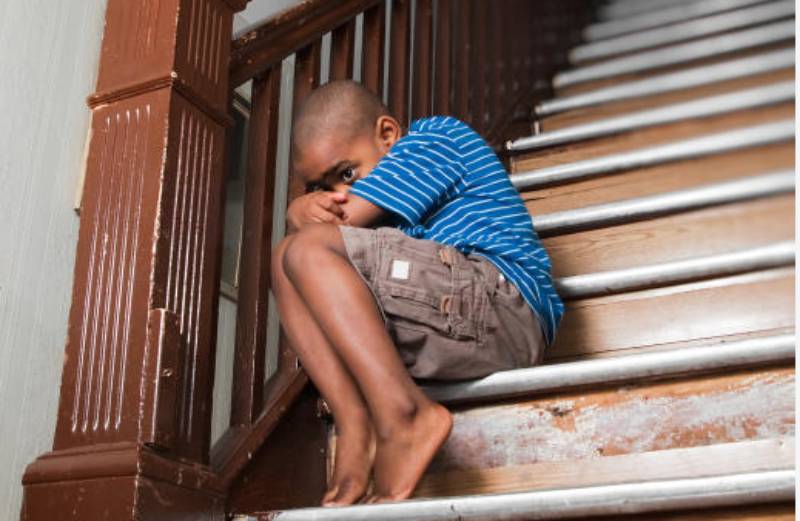
These are trying times for everyone. They can be especially challenging for young children struggling to understand what is going on considering the messages of gloom and doom. So what do you do to avoid making your child’s anxiety worse and help them process what is going on around them?
Childmind.org, a website run by Child Mind Institute - a nonprofit dedicated to transforming the lives of children and families struggling with mental health and learning disorders - gives pointers as to what you can do to help children escape the cycle of anxiety.
One of the things they advice you not to do is avoid things just because they make a child anxious: “Helping children avoid the things they are afraid of will make them feel better in the short term, but it reinforces the anxiety over the long run.”
You are also advised to encourage the child to tolerate their anxiety by letting them know that you appreciate the work it takes to tolerate anxiety in order to do what he wants or needs to do.
“We call it the “habituation curve”— it will drop over time as he continues to have contact with the stressor. It might not drop to zero, it might not drop as quickly as you would like, but that’s how we get over our fears.”
Do not dismiss their fears
A BBC report on helping your child feel less anxious advises that you should not dismiss the child’s fears. “Telling them it’s never going to happen or implying they’re foolish for worrying won’t help. Instead, acknowledge how their fears must be making them feel,” the report advises.
It goes on: “Remember you can’t hope to remove all anxiety from your child’s life. Your aim is the help them to become accustomed to a bit of uncertainty, rather than trying to remove it altogether. Learning how to regulate your emotions is part of growing up. By the time we reach adulthood we get better at putting things into perspective and realising that for the most part we can cope.”
At the same time, childmind.org advises that you should not reinforce the child’s fears: “What you don’t want to do is be saying, with your tone of voice or body language: ‘Maybe this is something that you should be afraid of.’ Let’s say a child has had a negative experience with a dog. Next time she’s around a dog, you might be anxious about how she will respond, and you might unintentionally send a message that she should, indeed, be worried.”
And finally, express positive — but realistic — expectations. “You can’t promise a child that his fears are unrealistic — that he won’t fail a test, that he’ll have fun ice skating, or that another child won’t laugh at him during show and tell. But you can express confidence that he’s going to be okay, he will be manage it, and that, as he faces his fears, the anxiety level will drop. This gives him confidence that your expectations are realistic, and that you’re not going to ask him to do something he can’t handle.”
 The Standard Group Plc is a
multi-media organization with investments in media platforms spanning newspaper
print operations, television, radio broadcasting, digital and online services. The
Standard Group is recognized as a leading multi-media house in Kenya with a key
influence in matters of national and international interest.
The Standard Group Plc is a
multi-media organization with investments in media platforms spanning newspaper
print operations, television, radio broadcasting, digital and online services. The
Standard Group is recognized as a leading multi-media house in Kenya with a key
influence in matters of national and international interest.
 The Standard Group Plc is a
multi-media organization with investments in media platforms spanning newspaper
print operations, television, radio broadcasting, digital and online services. The
Standard Group is recognized as a leading multi-media house in Kenya with a key
influence in matters of national and international interest.
The Standard Group Plc is a
multi-media organization with investments in media platforms spanning newspaper
print operations, television, radio broadcasting, digital and online services. The
Standard Group is recognized as a leading multi-media house in Kenya with a key
influence in matters of national and international interest.









